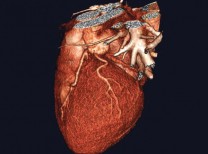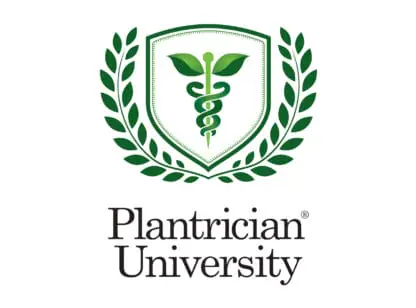Chronic pain impacts over 50 million people in our country and, typically, there are few safe and affordable treatment options. For patients who are not candidates for surgery or regenerative injections such as prolotherapy and PRP (platelet rich plasma), NSAIDs (non-steroidal anti-inflammatory drugs), acetaminophen, steroids and opioids are the standard of care. Unfortunately, these medications can have long-term negative side effects such as stomach and liver damage, bone and ligament degeneration, and opioid abuse/addiction is common.
Low-dose naltrexone (LDN) for chronic pain is a novel, “off-label” use of the drug, naltrexone, an opioid antagonist (blocker). Typically prescribed at 50-150mg, naltrexone is approved for helping patients recover from opioid or alcohol dependency. With dosing between 0.5-4.5mg, LDN has a completely different mechanism of action.
Here’s where it gets a bit technical: LDN inhibits toll-like receptor 4 (TLR4) signaling on microglial cells in our nervous system, downregulating inflammatory pathways and upregulating and prolonging our own body’s endorphin effect. In other words, it reduces inflammatory stimulation and pain. The effect of LDN can be felt within days for some patients and up to 12 months for others depending on the sensitivity to medication and the chronicity of the pain or disease.
Naltrexone itself has a long established safety record, but there are no long-term safety studies on LDN. However, at less than one-tenth of a typical starting dose of naltrexone, LDN has not shown significant side effects or safety issues. In one study from the Norwegian Prescription Database, at least 0.3 percent of the country has used LDN since 2014, with a reduction of opioid use and no increase of adverse events. Some minor side effects have been noted such as transient sleep disturbance, insomnia, headaches and intestinal cramping. Typically, LDN is contraindicated with opioid use. If you are on opioid medications, talk to a knowledgeable practitioner before considering LDN.
LDN research is still ongoing with many studies showing promising results for a multitude of chronic conditions including multiple sclerosis, fibromyalgia, neuropathic pain, inflammatory bowel disease, Crohn’s disease, autoimmune diseases and cancer. Many of my chronic pain patients experience significant symptom reduction from the use of LDN, have been able to reduce and even discontinue their NSAID, acetaminophen or opioid medications, and most importantly, improve their quality of life.
LDN is prescription only through compounding pharmacies because it is off-label and not covered by insurance; however, due to naltrexone being non-patent, LDN is extremely affordable at about $1 a day. LDN is extremely tolerable with minor side effects (if any), few drug interactions and no known potential for abuse. If you are struggling with chronic pain, LDN may be a safe and effective option for you.
Dr. Sonja Fung is a primary care naturopathic doctor at Live Well Clinic in La Quinta. She has a focus on integrative cancer care and PRP regenerative joint injections for pain and can be reached at (760) 771.5970. www.livewellclinic.org
References available upon request.











































Comments (0)